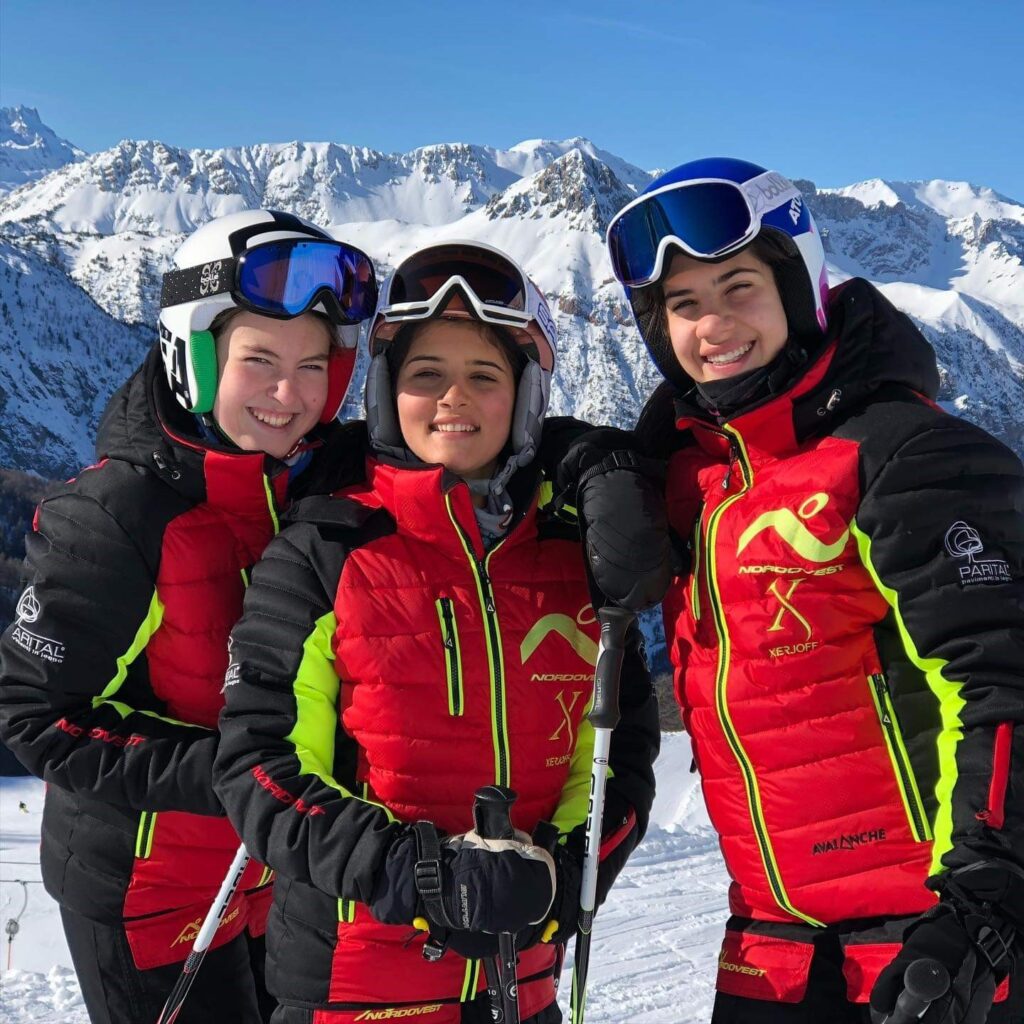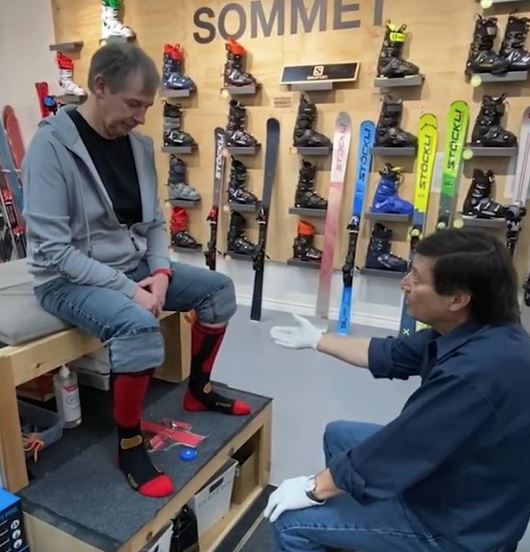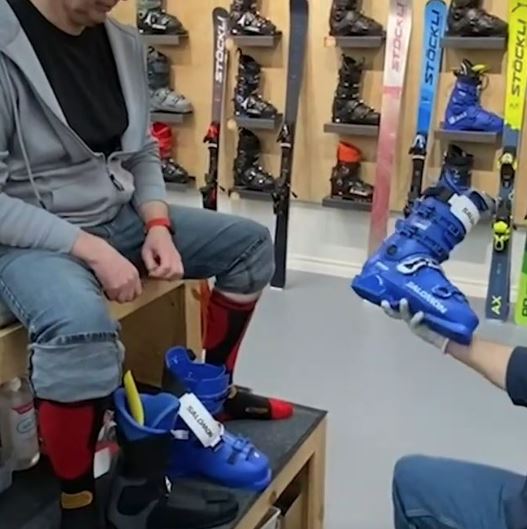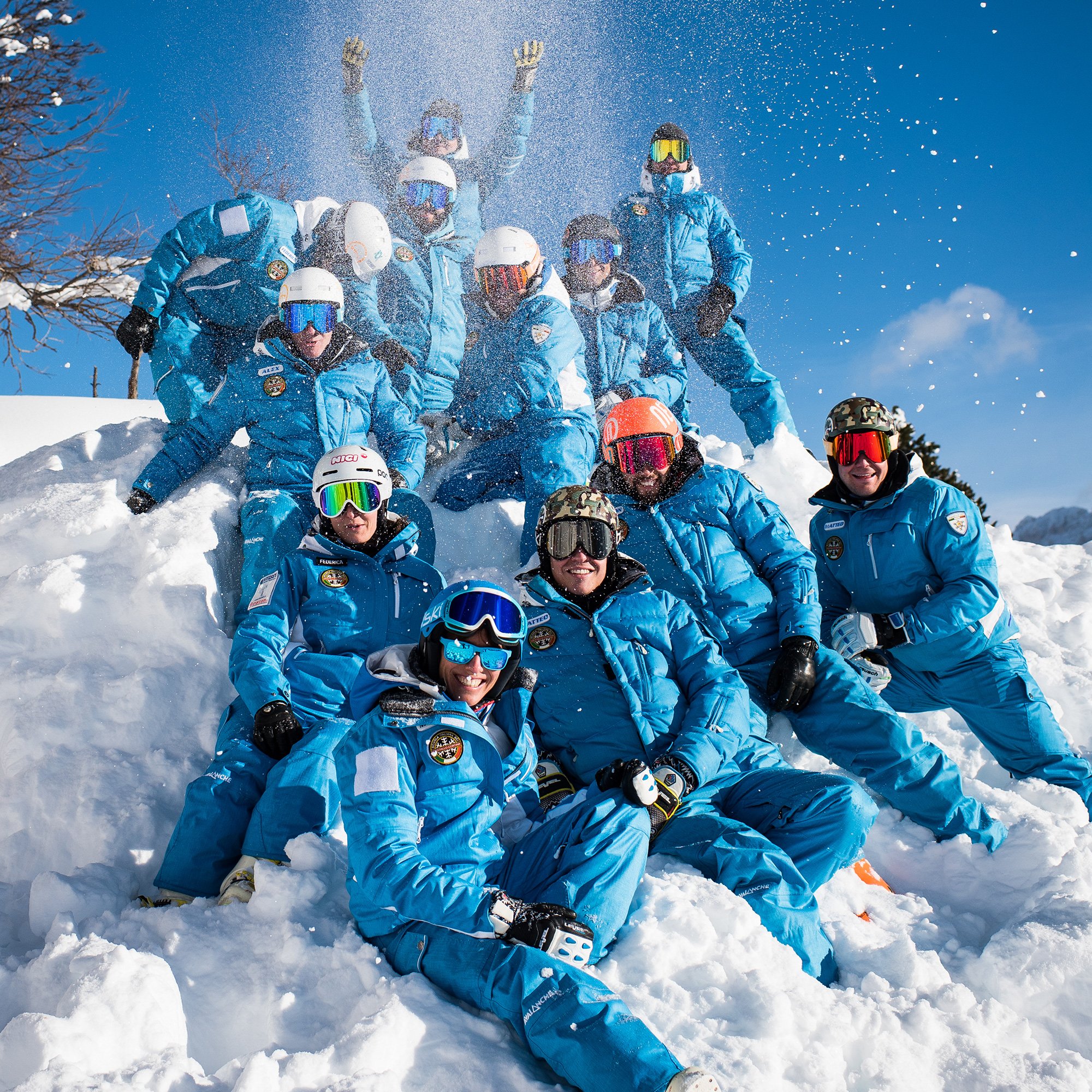EDITION NUMBER 3
Fresh bi-monthly news…
PERSONALIZED CLOTHING
Inventory management from A to Z…
A corporate customer decides to buy 250 jackets for their employees. The company is aiming to reach HR mobilization objectives and, given the current labour shortage, the employer doesn’t want to wait. But all of a sudden, an acquisition doubles its workforce. The jackets are needed pronto as the company wants to cultivate a sense of belonging!
Serving this clientele requires keeping items in stock, but that comes at a cost. Managing its inventory is the key to Avalanche’s success, which begins well upstream of the warehouse.
Our representatives must remain aware of the directions in which our customers’ needs—and the overall market—will move, and keep us advised. This keeps us from producing models that aren’t likely to sell. There is little obsolescence in our inventory.
Our designers are tasked with creating versatile models: perhaps a slightly more limited range, but all high quality. Selling eight models requires keeping less inventory than 10!
Next, our managers make the production decisions.
Over the past dozen years, we have achieved a delicate balance between the need to keep inventory to serve our customers and the impact on our prices. But it will always be a balancing act.
Our salespeople then proceed to sell you these well-designed and well-crafted products!
Finally, any remaining items are offered in a pop-up shop, at liquidation prices, of course! This requires trailers, clothes hangers, shelves, a fitting room, cash registers, etc.: equipment that can be deployed quickly to reproduce the atmosphere of our stores on the road!
Come see us. You’ll be pleasantly surprised by our look, our products and our prices.
Simon Bernier
VP of Business Development, Corporate Sector
SKI CLUB UNIFORMS
The jacket…
Ski club members can be recognized from afar by the colours on their ski jacket. The management of the clubs like to keep the same colours for many years. As the supplier, it is crucial that we offer these colours in new jacket production batches, even if the model has changed.
Our warm and resistant Avalanche jackets do have one limit: they cannot grow with their owner! Most children outgrow their jacket within two years. When they do, it’s a great opportunity to pass the jacket down to a younger child, as it will still have plenty of wear left. Since most of our contractual agreements stipulate that a ski club must keep its chosen model for four years, the math is interesting (2 x 2=4🤔).
There are several reasons why we propose this agreement term. I’ll explain in a few weeks!

Our R&D
Our philosophy is to have our designers focus on four or five models that we want to perfect for a target clientele. It’s quite a conciseness challenge for our creative talent! But in fact, it’s the most economically viable business model since, in addition to these current models, we must keep jackets on hand for ski clubs whose agreements are still in effect. It’s a lot to manage, but we’ve got it down to an art! I will be teaming up with my co-worker Véronique to tell you what research and development (R&D) entails at Avalanche.
In my next article, I will tell you the story of an athlete who became a U-10 coach for her club.
Carolyne Gagnon, Director of Sales and Ski Development
SKI BOOTS
Boot purchasing appointment: What to expect…
You arrive at the store, your old boots in hand, at the agreed-upon time. As expected, the store isn’t too busy. We chat a bit. I learn that you’re an intermediate skier who skis about 20 days a year. You ski with the foot buckle cinched tight, but the top two buckles rather loose. To keep your feet from getting numb, you release the buckle on the arch of the foot while you’re on the ski lift. You’ve always had cold feet in these boots. You’ve never used a boot dryer.
Your boots are eight years old, and the liners are showing their age.
We take a look around the shop and I explain the parameters engraved on the shells. We talk size, width, flex and price. The price of this pair is similar to what you paid eight years ago despite the very clear technical improvements. Not bad!

You take a seat. I measure your foot: 26.5 cm and 96 mm wide.
Your calves are small; you have high arches and the start of a bunion on your left foot.
Today’s goal is finding the best boot for you: comfortable, perfect for your skill level, and that you can wear as-is. We will schedule an appointment for after a day or two on the slopes, to make any adjustments necessary. These should be minimal.
You forgot to bring your socks. I sell you a five-pack of merino wool socks. Our prices are excellent because we produce more than 20,000 packs per year.
Forty minutes later, you’ve tried on four pairs of boots from two different manufacturers. Getting the right length was easy, but you’re a bit more hesitant about the width. Don’t worry, we have three different widths for every boot in store. That’s why it’s smart to shop at the beginning of the season, when there is more choice!

You’ve agreed to reduce your flex from 110 to 90. After all, you’ve been skiing for years with the two bottom buckles as your main support! In other words, your boots were projecting you all over the place.
We go over the best way to buckle your boots. Most importantly, do not open the buckles on the chair lift. You’ll just be inviting the cold to seep in. You will likely need to buy custom insoles to support your arches. This will reduce foot cramping. Perhaps you could seize the opportunity and get heated insoles. It’s worth looking into. In any case, you’re well within your initial budget.
You pay, and we set an appointment for the adjustments. You’re lucky. It’s -18 °C out there. Ideal conditions for testing your boots! See you in three days!
Rudy Guidez
Ski advisor and sales representative

